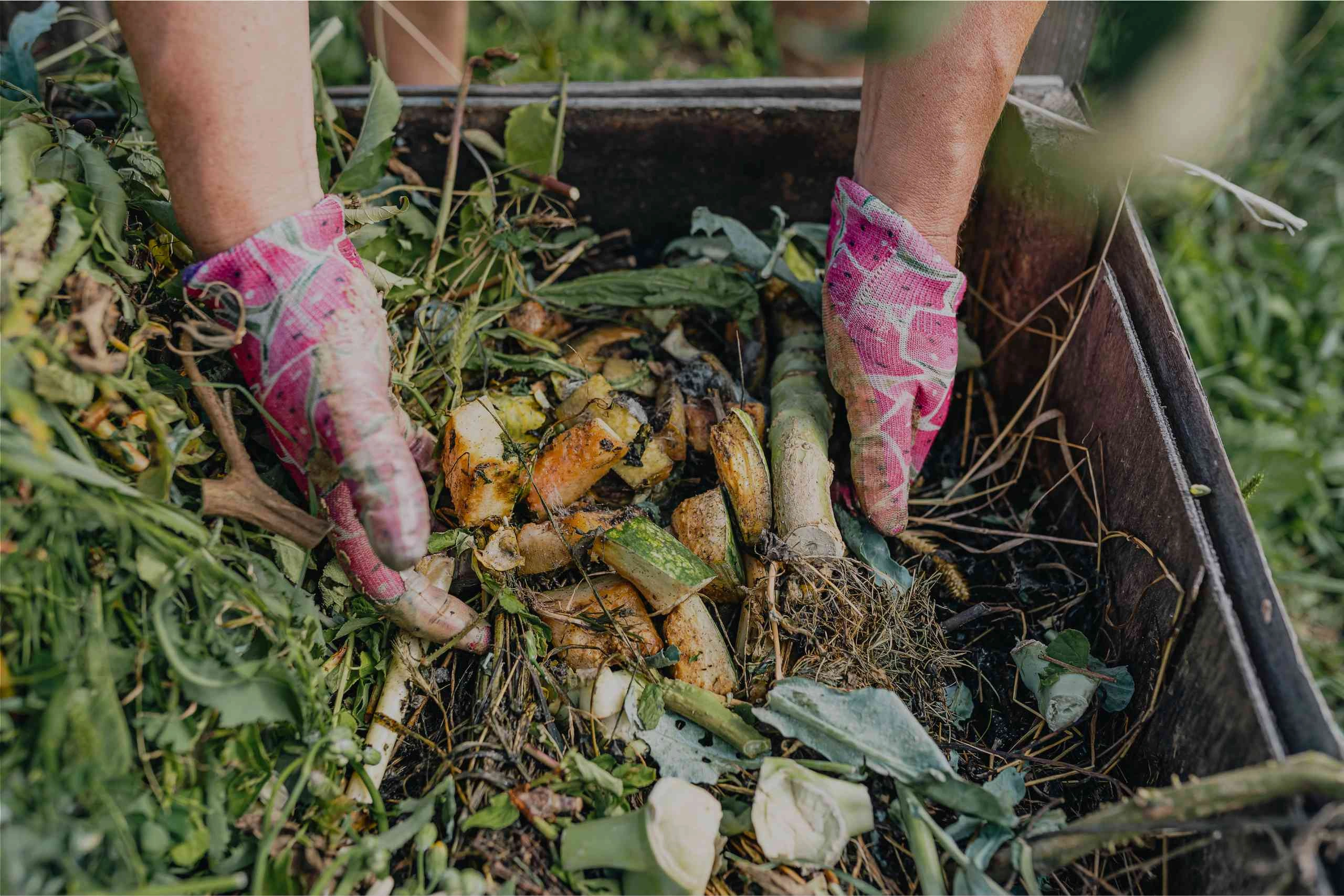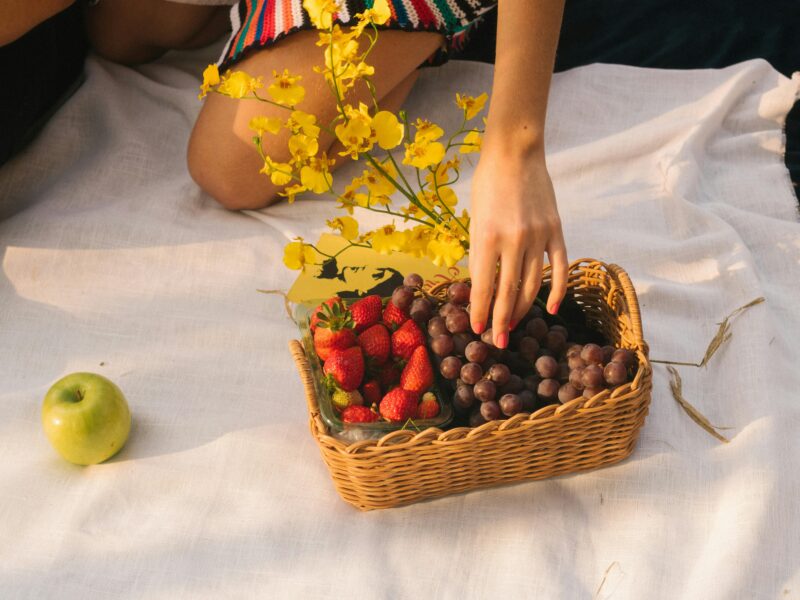As we become more aware of the environmental challenges our planet faces, many gardeners are looking for ways to make their gardens more sustainable. Eco-friendly gardening is not only good for the environment but also beneficial for your plants, wildlife, and overall garden health. By adopting sustainable practices, you can reduce waste, conserve resources, and create a thriving, resilient garden. In this post, we’ll explore some of the best eco-friendly gardening practices to help you cultivate a greener thumb and a more sustainable garden.
1. Composting: Turning Waste into Garden Gold
Composting is one of the most effective ways to recycle organic waste and improve soil health. By composting kitchen scraps, yard waste, and other organic materials, you can create nutrient-rich compost that enriches your soil, reduces the need for chemical fertilizers, and helps retain moisture in the garden.
How to Start Composting:
- Choose a Composting Method: There are several methods to choose from, including traditional compost bins, tumblers, and vermicomposting (using worms). Choose the method that best fits your space and needs.
- Collect Organic Waste: Gather kitchen scraps like fruit and vegetable peels, coffee grounds, eggshells, and yard waste like leaves, grass clippings, and small branches. Avoid adding meat, dairy, or oily foods, as they can attract pests.
- Layer and Turn: Alternate layers of green (nitrogen-rich) and brown (carbon-rich) materials in your compost bin. Green materials include fresh grass clippings and vegetable scraps, while brown materials include dried leaves and cardboard. Turn the compost regularly to aerate it and speed up the decomposition process.
Pro Tip: Keep your compost bin moist, but not soggy. The ideal consistency is like a damp sponge. Composting can take several months to a year, depending on the method and materials used.
2. Water Conservation: Using Water Wisely
Water is a precious resource, and conserving it is a key component of eco-friendly gardening. By using water more efficiently, you can reduce your water bill, minimize runoff, and ensure that your garden remains healthy, even during dry periods.
Water-Saving Practices:
- Mulching: Mulch helps retain soil moisture by reducing evaporation, which means you’ll need to water less frequently. Organic mulches like straw, wood chips, and leaves also break down over time, adding nutrients to the soil.
- Drip Irrigation: Drip irrigation systems deliver water directly to the plant’s root zone, reducing water waste and runoff. These systems are particularly effective in container gardens and raised beds.
- Rainwater Harvesting: Collect rainwater in barrels or other containers to use in your garden. Rainwater is free of chemicals and can be used to water plants, clean garden tools, and more. Ensure your rain barrels are covered to prevent mosquito breeding.
- Water in the Morning: Watering your garden in the early morning reduces evaporation and allows plants to absorb moisture before the heat of the day. Avoid watering in the evening, as this can lead to fungal growth.
Pro Tip: Group plants with similar water needs together in your garden to avoid overwatering or underwatering. This practice, known as hydrozoning, ensures that each plant receives the right amount of water.
3. Organic Gardening: Growing Without Chemicals
Organic gardening involves growing plants without the use of synthetic pesticides, herbicides, or fertilizers. Instead, organic gardeners rely on natural methods to build soil fertility, control pests, and promote plant health.
Organic Gardening Practices:
- Use Organic Fertilizers: Instead of synthetic fertilizers, use organic options like compost, manure, bone meal, and fish emulsion. These fertilizers release nutrients slowly, improving soil health over time.
- Pest Control with Beneficial Insects: Encourage beneficial insects like ladybugs, bees, and predatory beetles that naturally control pests. Plant flowers like marigolds, yarrow, and dill to attract these helpful insects.
- Companion Planting: Plant certain crops together to enhance growth and deter pests. For example, planting basil near tomatoes can repel aphids, and marigolds can deter nematodes.
- Crop Rotation: Rotate crops each season to prevent soil depletion and reduce the risk of pests and diseases. This practice also helps maintain soil fertility and promotes a healthy garden ecosystem.
Pro Tip: Regularly inspect your plants for signs of pests or disease. Early detection and intervention can prevent small problems from becoming major issues. Use organic treatments like neem oil or insecticidal soap if needed.
4. Biodiversity: Creating a Balanced Ecosystem
A diverse garden is a healthy garden. By planting a variety of species, you can create a balanced ecosystem that supports beneficial insects, birds, and other wildlife. Biodiversity also helps your garden resist pests and diseases and promotes pollination.
Promoting Biodiversity:
- Plant a Variety of Species: Include a mix of flowers, vegetables, herbs, and shrubs in your garden. Native plants are especially beneficial, as they are adapted to your local climate and provide food and habitat for native wildlife.
- Create Habitats for Wildlife: Provide shelter for birds, bees, and other wildlife by incorporating birdhouses, bee hotels, and log piles into your garden. Avoid using chemicals that can harm these creatures.
- Pollinator-Friendly Gardens: Plant flowers that attract pollinators like bees, butterflies, and hummingbirds. Choose a variety of flowers that bloom at different times throughout the growing season to provide a continuous food source.
- Leave Some Wild Areas: Allow a few areas of your garden to grow wild or leave patches of fallen leaves and dead wood. These areas provide habitat for insects, birds, and small mammals.
Pro Tip: Avoid monoculture, where only one type of plant is grown in an area. Monocultures are more susceptible to pests and diseases. Instead, mix different plants together to create a diverse and resilient garden.
5. Reducing Waste: Reuse, Recycle, and Upcycle in the Garden
Gardening often involves the use of materials that can contribute to waste, but with a little creativity, you can reduce waste by reusing, recycling, and upcycling items in your garden.
Waste-Reduction Strategies:
- Reuse Containers: Repurpose old containers like buckets, barrels, and even shoes as planters. Make sure they have drainage holes to prevent waterlogging.
- Recycle Garden Waste: Instead of sending garden waste to the landfill, compost it or use it as mulch. Grass clippings, leaves, and prunings can all be recycled in the garden.
- Upcycle Materials: Get creative by upcycling materials into garden decor or functional items. For example, old pallets can be turned into vertical gardens, and broken pots can be used as drainage material or decorative elements.
- Avoid Single-Use Plastics: Reduce the use of single-use plastics in your garden by choosing biodegradable pots, using reusable plant labels, and avoiding plastic plant trays. Consider making your own seed-starting pots from newspaper or cardboard.
Pro Tip: When purchasing new garden supplies, choose products made from recycled materials or those that are biodegradable. Supporting eco-friendly brands helps promote sustainable gardening practices.
6. Sustainable Landscaping: Designing with the Environment in Mind
Sustainable landscaping involves designing your garden in a way that conserves resources, supports local ecosystems, and reduces environmental impact. It’s about creating a garden that’s not only beautiful but also in harmony with the environment.
Sustainable Landscaping Practices:
- Native Plantings: Incorporate native plants that are adapted to your local climate and soil conditions. Native plants require less water, fertilizer, and maintenance, making them ideal for sustainable gardens.
- Permeable Surfaces: Use permeable materials like gravel, mulch, or permeable pavers for pathways and patios. These surfaces allow rainwater to soak into the ground, reducing runoff and recharging groundwater.
- Rain Gardens: Design rain gardens to capture and filter rainwater runoff. These gardens are planted with water-tolerant species that help reduce erosion, filter pollutants, and manage stormwater.
- Xeriscaping: In arid regions, consider xeriscaping, which involves designing gardens that require minimal water. Use drought-tolerant plants, mulch, and efficient irrigation systems to create a water-wise landscape.
Pro Tip: Plan your garden to take advantage of natural resources. For example, plant shade-loving plants in the shadow of taller plants or structures, and use windbreaks to protect delicate plants from harsh winds.
Eco-friendly gardening is a rewarding way to contribute to a healthier planet while enjoying the beauty and bounty of your garden. By adopting sustainable practices like composting, water conservation, organic gardening, and promoting biodiversity, you can create a garden that thrives while minimizing its environmental impact.
Remember, every small step toward sustainability counts. Whether you’re starting a compost bin, planting a native pollinator garden, or reducing plastic waste, your efforts make a difference. Gardening is not just about growing plants; it’s about nurturing the environment and creating a space where both nature and people can thrive.
With these eco-friendly gardening tips, you can cultivate a greener thumb and enjoy the satisfaction of knowing your garden is contributing to a more sustainable future. Happy gardening!


